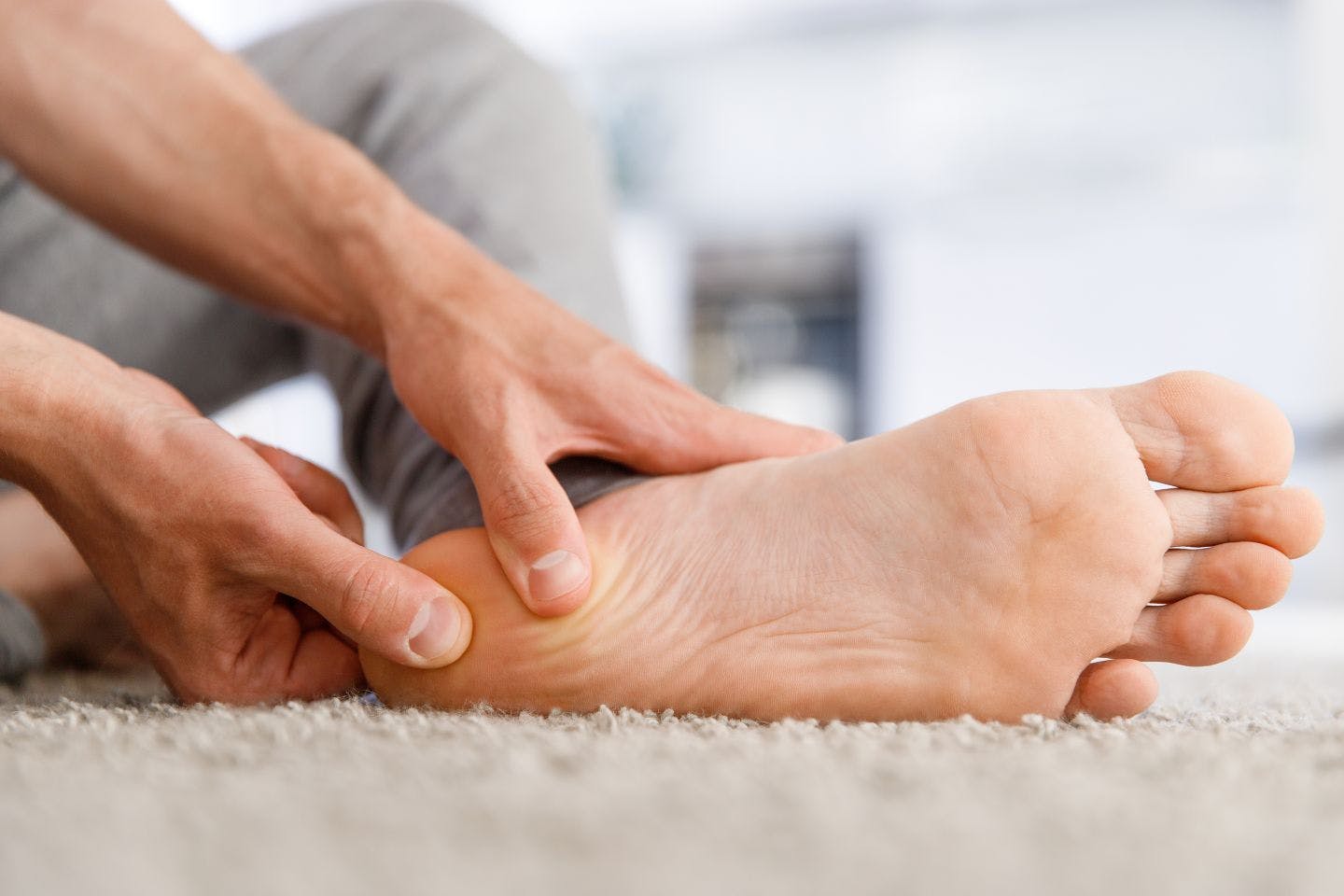Most of us have heard the song, “Well, your toe bone connected to your foot bone. Your foot bone connected to your heel bone…” but how often do we stop to actually consider how the mechanics of one body part can affect the other. I’ve already written a blog about how strengthening the hips is beneficial for reduction of knee pain. Today I want to talk about a joint even further from the hip that can be negatively impacted by hip weakness: The ankle.
The foot-ankle complex is a high repetition machine and when functioning properly, it can accommodate thousands to tens of thousands of steps per day. When it is not functioning correctly however, it can make every single step very painful. If you’ve ever walked with a rock in your shoe, you can imagine what ankle tendinopathy (tendon dysfunction) feels like. One type of ankle tendinopathy is called posterior tibial tendon dysfunction and research 1&2 is now pointing to hip weakness as a correlation.
If you are up for a little experiment, try standing up in a normal stance with feet spread shoulder width apart with your shoes off. Feel how much of the arch of your foot is contacting the floor. Now, without lifting your feet, pull your knees inward towards each other and feel the arches of your feet flatten further. In contrast, pull your knees outward without lifting your feet and you may feel yourself start to tighten your glutes as your arches start to lift upward. Imagine how important this is if you take 10,000 steps per day and how weakness in the hips and glutes can contribute to pain and dysfunction at the ankle.
The Journal of Orthopaedic & Sports Physical Therapy published an article in 20111 which highlighted the correlation specifically in women. The study found that women with posterior tibial tendon dysfunction demonstrated both ankle and hip muscle weakness. Another research article in the same journal2 concluded that increased foot pronation (foot flat position) is hypothesized to place greater strain on the posterior tibialis muscle. If you participated in the experiment above, you can see the direct relationship between hip and overpronation.
This specific type of dysfunction is often found in runners, but also in those who suddenly try to increase their walking distance. Here at Pacific Physical Therapy, we have therapists who look to address issues all along the chain to make sure you can return to an active lifestyle. We assess ankle strength, joint mobility, hip strength, hip mobility, balance, footwear and various factors that can contribute to pain and dysfunction. If you have been putting up with nagging arch and foot pain, now is the time to get physical therapy and have a skilled professional help create a plan tailored to treating and correcting your dysfunction.
Alicia Gilfoy, PT, MPT is a physical therapist who has been treating in the outpatient orthopedic setting since 2007.
- J Orthop Sports Phys Ther 2011;41(9):687-694.
- J Orthop Sports Phys Ther 2011;41(10):776-784

